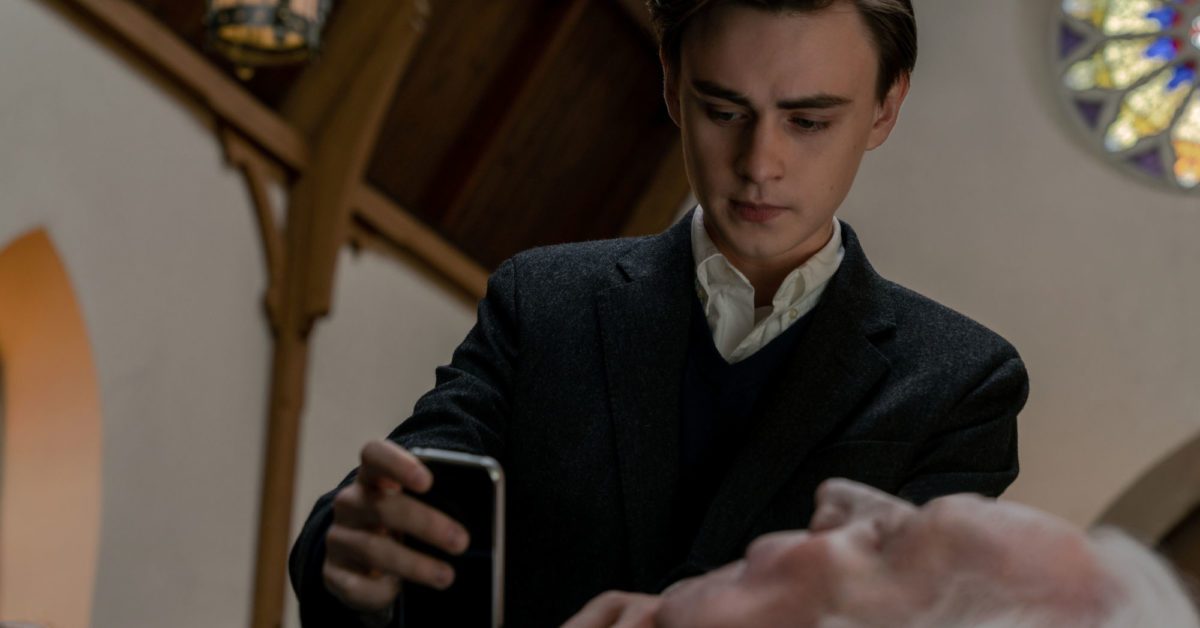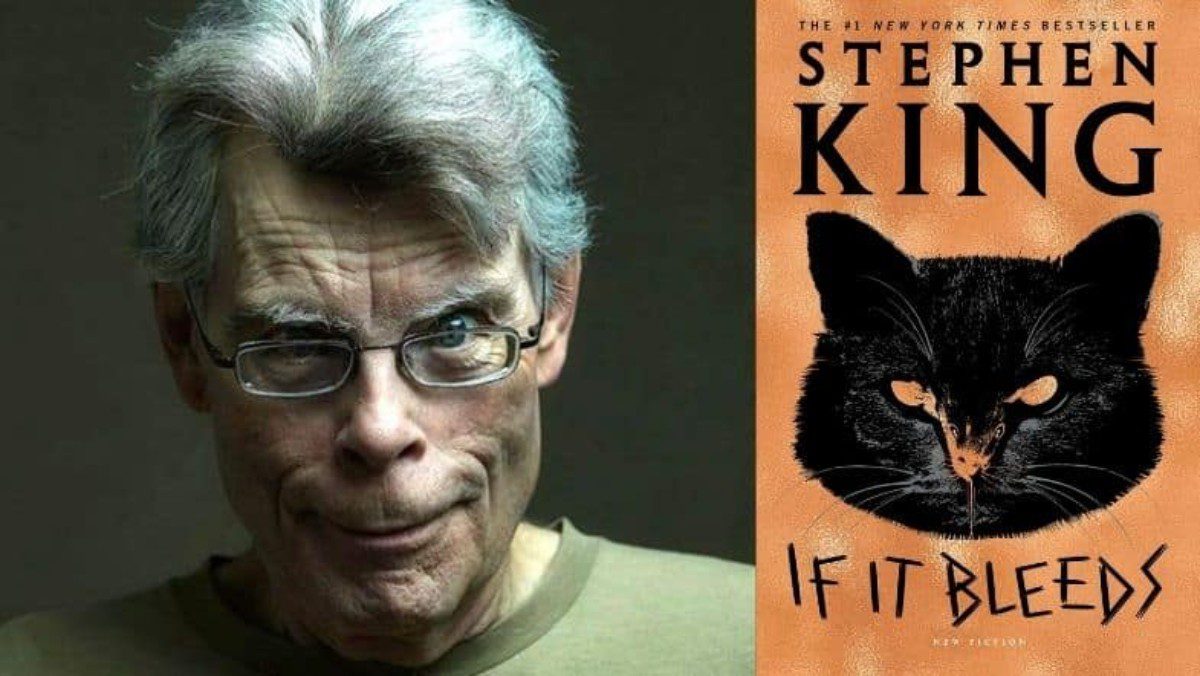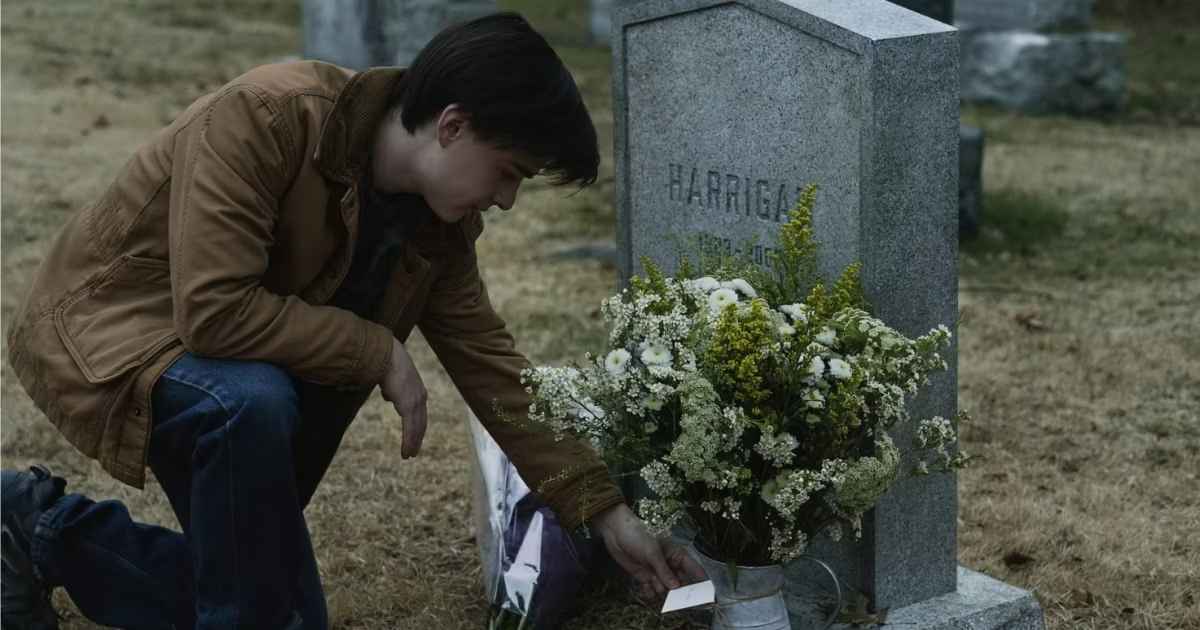A young child named Craig becomes pals with the ailing millionaire John Harrigan in this most recent adolescent horror film. The old man then receives a phone from Craig. The boy learns, though, that he can speak with his former buddy from beyond the grave when the guy passes away, leading to the malicious notoriety that unfolds.
John Lee Hancock wrote the script and oversaw the production. The story with the same title from Stephen King’s anthology “If It Bleeds” served as its inspiration. On the 5th of November, 2022, Netflix broadcasted Mr. Harrigan’s Phone, and even now, upon seeing the film’s conclusion, several elements might still confuse viewers.
No Stephen King adaptation is ever completely accurate to the source material. Even those that essentially use the author’s artwork as a script nonetheless depart from it in some manner, whether it be through modifications to the way a role is presented or the omission of a scene. This latest Netflix film is no exception, and fans of the novella will notice that the finale contains several crucial facts that do not quite match what King wrote on the paper. Many people left the movie unsure of what they had witnessed because of how different the finale is from the book. We have it opened up for you.
Also Read: Bodies Bodies Bodies Meaning & Ending Explained
A Recap Of The Incidents Before The Conclusion
Craig hides the phone he purchased for Harrigan in his tuxedo before the burial. Later, he is told by Harrigan’s acquaintances that, understanding Craig aspired to attend university and become a writer, Harrigan left him a gift in his will to collect his trust money. As an act of kindness, Craig dials Harrigan’s cell phone. He learns that Harrigan left him a strange text the following morning, though.
According to his dad, the iPhone hardware may have had a problem. Moving on, Craig dances with his sweetheart, but Kenny wrecks it by blaming Craig for getting him an expulsion. Craig phones Harrigan after returning home and expresses his desire for Kenny to receive the retribution he deserves.

The subsequent day, after Kenny is discovered dead, Craig updates his smartphone and conceals his old one after visiting an Apple store out of fear. After graduating, he enrolls at Boston College. Midway through, his father phones him to inform him that Ms. Hart has perished in an accident.
Dean Whitmore, the driver, is not held accountable for the collision. Craig, who is now furious, goes back and calls Harrigan on the previous phone, praying Whitmore will die. He soon finds that Whitmore has been discovered dead. Whitmore had left a suicide letter that was the words of Harrigan’s cell audio and had swallowed a piece of a split soap—the same Ms. Hart had used.
Also Read: Don’t Worry Darling Explained: Was the Movie Messed?
The Climax Of Mr. Harrigan’s Phone And What Happened
After coming to his senses, Craig goes back to Harlow to stop by Mr. Harrigan’s home. He now goes into the closed cupboard he had before seen to examine old photos. He discovers that Mr. Harrigan has lost his mom at a young age as well, like Craig, and that his hidden vault was a memorial to his departed mother, he empathizes with him and decides to help him. The kid now realizes that Mr. Harrigan was truly requesting Craig to quit seeking him when he sent the cryptic messages, which the teenager mistook for devious help. In addition to crying and pleading for atonement at Harrigan’s tomb, he also approaches the grave of his mother.
Then, intending to kill himself, Craig runs to the local quarry. There, he decides to toss his old smartphone into the stream instead. He wants to get rid of his new phone too, but he can not since advanced humankind is inextricably linked to the presence of our cell phones. The movie concludes with him leaving and then softly describing that he wishes his pockets to stay vacant when he dies and is entombed.
Some Theories On The Ending
First impressions lead one to believe Ms. Hart was accidentally murdered by a careless, intoxicated motorist. But given that this occurrence forces Craig to contact Mr. Harrigan once again to exact horrible retribution from the hereafter, it is plausible that the merciless old man staged the incident to reintegrate Craig into his world. This decision is made even though the film is too centric to inspire a sequel since it demonstrates how difficult it would be for Craig to live without his smartphone, despite the pressure, worry, mental anguish, and existential anxiety that his interaction with the man has brought about.

The narrator, Craig, internal monologues Mr. Harrigan’s penultimate SMS in the novella since Stephen King wrote the book from his point of view in the first person, but it is obvious that John Lee Hancock did not only aim to convey the concept via voiceover. He admits that it is a poor, one-sided relationship while noting that he seems wed to his smartphone in the narrative after going to the grave.
But despite its concerns about digitalization, Mr. Harrigan’s Phone is essentially a narrative about taking accountability for one’s acts and letting go of those that one is unable to control. This is because the little boy persistently resists assuming accountability for his behavior and blames others up to Mr. Harrigan’s Phone’s climax.
Also Read: Lou Ending Explained: A Deadly Tale Of Generational Trauma




